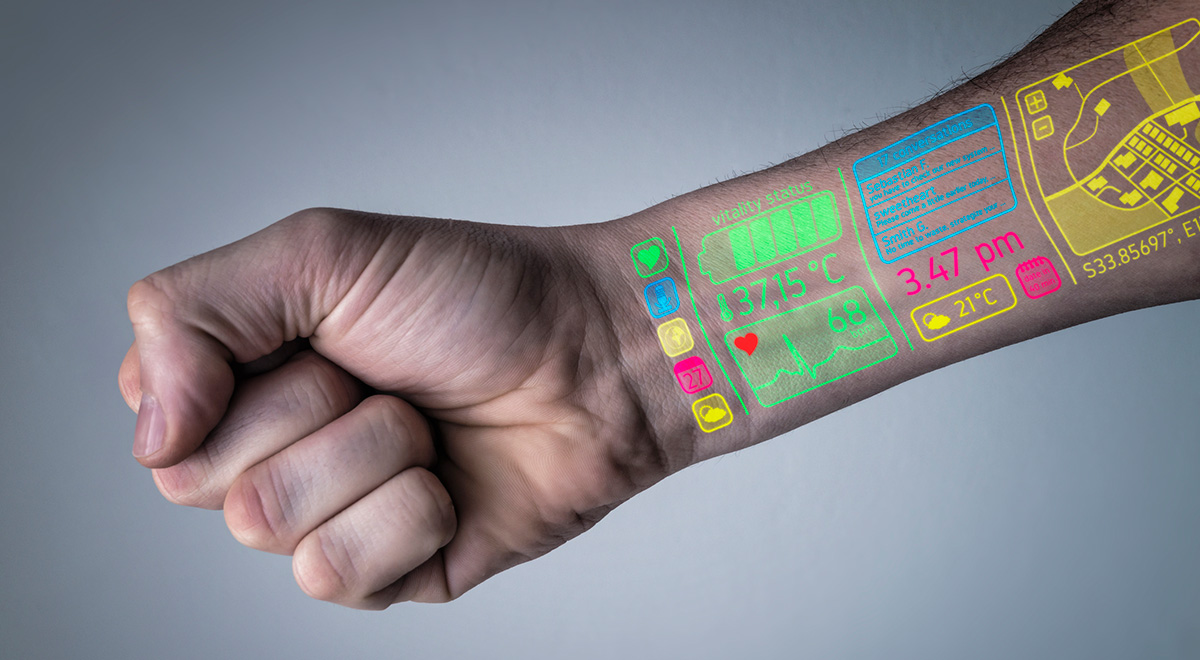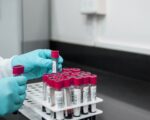Using our skin as a potential interface to our smart devices could have tremendous implications for the health and fitness industry. Smart Tattoos represent a linking technology; those wearables are reduced smartphones that can read signals from the human body. They are skin-friendly as they are attached to the skin with a biocompatible, medical-grade adhesive. Users decide where to position the sensor and how long they want to wear it.
Researchers at Harvard and MIT have developed a smart tattoo called the Dermal Abyss. It creates direct access to the compartments in the body and reflects inner metabolic processes in a shape of a tattoo. It could be used for applications in monitoring, such as medical diagnostics, quantified self and data encoding in the body.
Using bio-sensitive ink, the adhesive on the skin can detect sodium and glucose levels under the skin. The Dermal Abyss changes colour when these things change, providing instantaneous feedback. The researchers anticipate this could be ideal for health monitoring patients with diabetes or prone to dehydration. Researchers investigated four biosensors, reacting to three pieces of biochemical information in body fluid and changing colours: the pH sensor changes between purple and pink, the glucose sensor shifts between blue and brown, and the sodium and a second pH sensor fluoresce at a higher intensity under UV light.
During daily activities and alimentary habits, diabetics need to monitor their glucose levels by piercing the skin 3 to 10 times per day. With Dermal Abyss or similar smart tattoos in the future, the painful procedure will be replaced with a tattoo in which the colour from pink to purple is based on the glucose levels. Thus, the user could monitor the colour changes and the need for insulin.
This was a research project which has ended. There are no plans to develop DermalAbyss as a product or to pursue clinical trials. Reportedly, over 370 million wearable devices were shipped last year. It’s a booming industry worldwide, estimated to be more than $25 billion. Current biosensors still have limitations that future researchers should address before implantation.










